Former IPIA/IPA Students
|
|
|
Corey Cookson (MA, 2013) |
|
Aaron is currently a GIS Analyst at the Saskatchewan Geological Survey, Data Management in the Ministry of Energy and Resources. |
|
Reid Graham (MA, 2015) |
|
Gustas, R.and K.Supernant. 2019 Modelling Early Landscape Migrations along the Pacific Northwest Coast. Journal of Anthropological Archaeology 54:192-206. Gustas, R. and K. Supernant 2017 Least cost path analysis of early maritime movement on the Pacific Northwest Coast. Journal of Archaeological Science 78:40-56. http://dx.doi.org/10.1016/j.jas.2016.11.006 Robert is currently a PhD Student in Anthropology at the University of Victoria. https://www.uvic.ca/socialsciences/anthropology/people/graduate-students/profiles/gustasrobert.php |
|
Jennifer Hallson (MA, 2017) Jennifer is currently the Team Lead, Indigenous Consultation and Engagement Administrator at DEMA Land Services. |
|
Todd is an Archaeologist at the Archaeological Survey, Historic Resources Management Branch of Alberta, Culture, Multiculturalism and Status of Women. He was recently featured in a Faculty of Arts Convocation Story, available here: https://www.ualberta.ca/arts/faculty-news/2020/june/convocation/convocation-20-todd-kristensen.html |
|
Courtney is currently the Programs Manager/Archaeologist at the Bodo Archaeological Society. |
|
Connor McBeth (Undergraduate Honours, 2020) |
|
Christina’s masters research, under the supervision of Dr. John W. (Jack) Ives and Dr. Alwynne Beaudoin, focused on analyzing high-resolution palaeoenvironmental record from a sediment core from Sharkbite Lake, Alberta. Pollen, microcharcoal, and macrobotanical analysis helps reconstruct local scale environmental changes and demonstrate how the ecological history adds to the narrative of the archaeological record. This research also assessed the radiocarbon dates from the region, and compared Sharkbite Lake’s palaeoenvironmental record with five dated archaeological sites to demonstrate the environmental background within which Indigenous groups in the region lived and interacted. Christina is currently an Indigenous Services Facilitator at Stantec. |
|
Aileen Riley (MA, 2015) |
|
Gabe is now the Curator of Western Archaeology at the Museum of History. Find more information about his work here: https://www.historymuseum.ca/learn/research/ |
|
Dale Fisher – MA Student (2021) My research focused on the stone tool technology utilized by Indigenous groups throughout the Northern Plains in the precontact period. I conducted my research through the sourcing of stone, experimental archaeology through heat treatment and tool replication, and by identifying mobility patterns based on the types of stone used at geographic locations and in different time periods. |
|
|
|
I completed my BA in Anthropology at the University of Alberta in 2021 while working with the IPIA. After completing my degree I continued assisting in research for the Exploring Metis Identity Through Archaeology (EMITA) project by completing reports for past fieldwork seasons.I conducted lab work such as cataloguing, artifact photography, GIS mapping, and more. It has been an absolute pleasure to be involved in such important work, but in the spring of 2022 I will be starting a new journey in CRM archaeology. |
|
Madalyn completed her B.A. Honours in History at the University of Alberta in Spring 2022, her thesis focusing on Canadian legal history as it relates to the residential school system. In addition to her degree, Madalyn completed a Certificate in Community Engagement and Service-Learning, completed field school with the IPIA in 2019, and completed independent studies with Dr. Supernant. As a research assistant supporting the work of the IPIA partnering with Indigenous communities to find missing children and unmarked graves at residential school sites, Madalyn focuses on historical and archival research. This includes supporting Indigenous community access to archival records related to and from residential schools and developing resources for communities on the application and analysis of archival and historical records for finding missing children and unmarked graves. Madalyn is currently a first-year student in the Faculty of Law. Her research interests are in the legal implications of unmarked graves, heritage law and policy, repatriation, advocacy, and community-led, ethical, and trauma-informed research and legal practice. |
|
Benjamin Kucher - Undergrad Student Ben is in his final year of undergraduate studies at the University of Alberta, with a major in Anthropology and a minor in Psychology. He is Métis/Ukrainian from treaty 6 territory. Ben’s research focuses on the incorporation of Indigenous epistemologies into academic spaces. He employs ethnoarchaeological and community-based methodologies in order to better understand the past and the relationships that people had with their environment. Currently, he is working on incorporating non-invasive geophysical techniques to investigate archaeological questions through non-destructive processes. |
|
Eric Tebby - MA Student (2023) |
|
|
|
|
|
|
|
Emily Haines is a Métis and Polish-Canadian woman originally from the north end of Winnipeg, Manitoba, in the homeland of the Anishinaabe, Očhéthi Šakówiŋ, and Métis on Treaty 1 territory. Her Métis relations have lived across the Métis homeland for centuries and include the Malaterre, Larocque, McIvor, Fleury, and Adam families among others. She has been living in Mistahi Sâkâhikan (St. Albert, Alberta) since 2001 and now lives and works in Amiskwacîwâskahikan (Edmonton, Alberta). She holds a BA in Anthropology and Classics from the University of Alberta and is currently pursuing a master’s degree through the Institute of Prairie and Indigenous Archaeology specializing in Indigenous Archaeologies. Her research involves investigating sites of historical Métis occupation in Edmonton, using GIS to map these sites onto the modern landscape, and to both encourage the vitality of modern Métis communities and to re-visualize Edmonton and other cities as Indigenous spaces. |



 Christina Poletto (MA, 2019)
Christina Poletto (MA, 2019)

 Katherine Gadd – MA Student (2021)
Katherine Gadd – MA Student (2021) Taylor Brosda - Undergraduate Student (2021)
Taylor Brosda - Undergraduate Student (2021)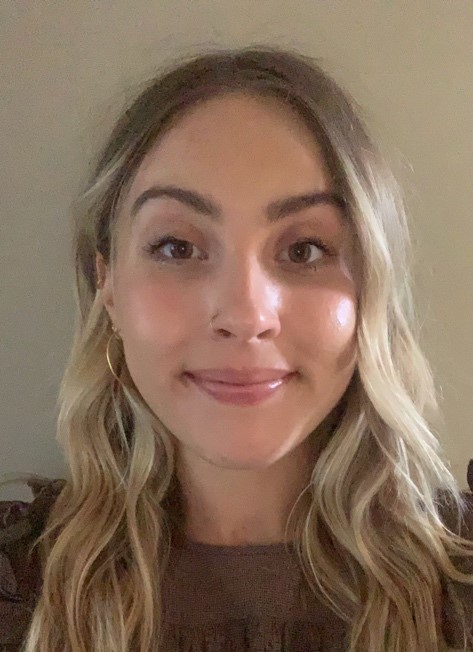 Madalyn Mandziuk – Research Assistant
Madalyn Mandziuk – Research Assistant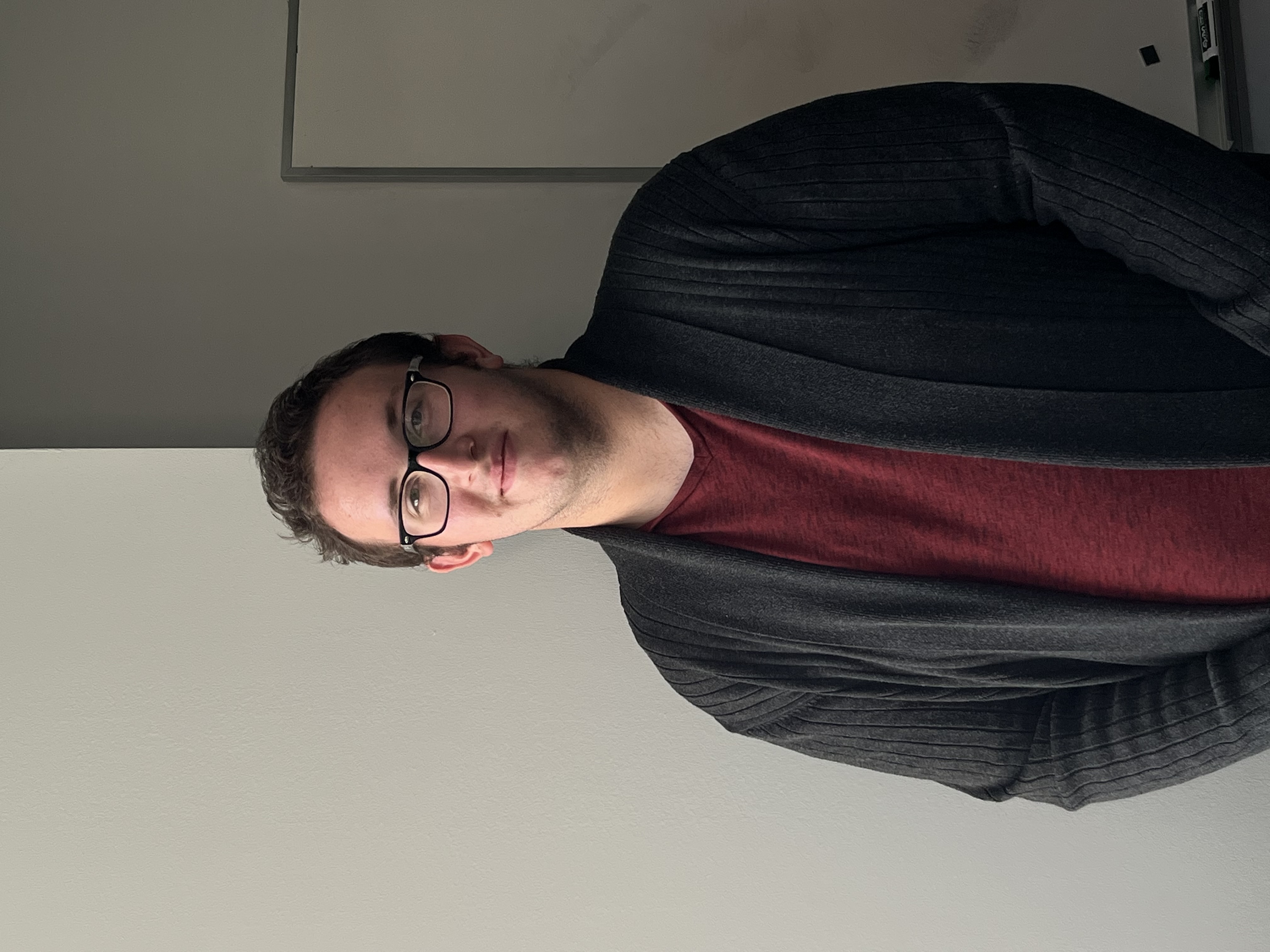
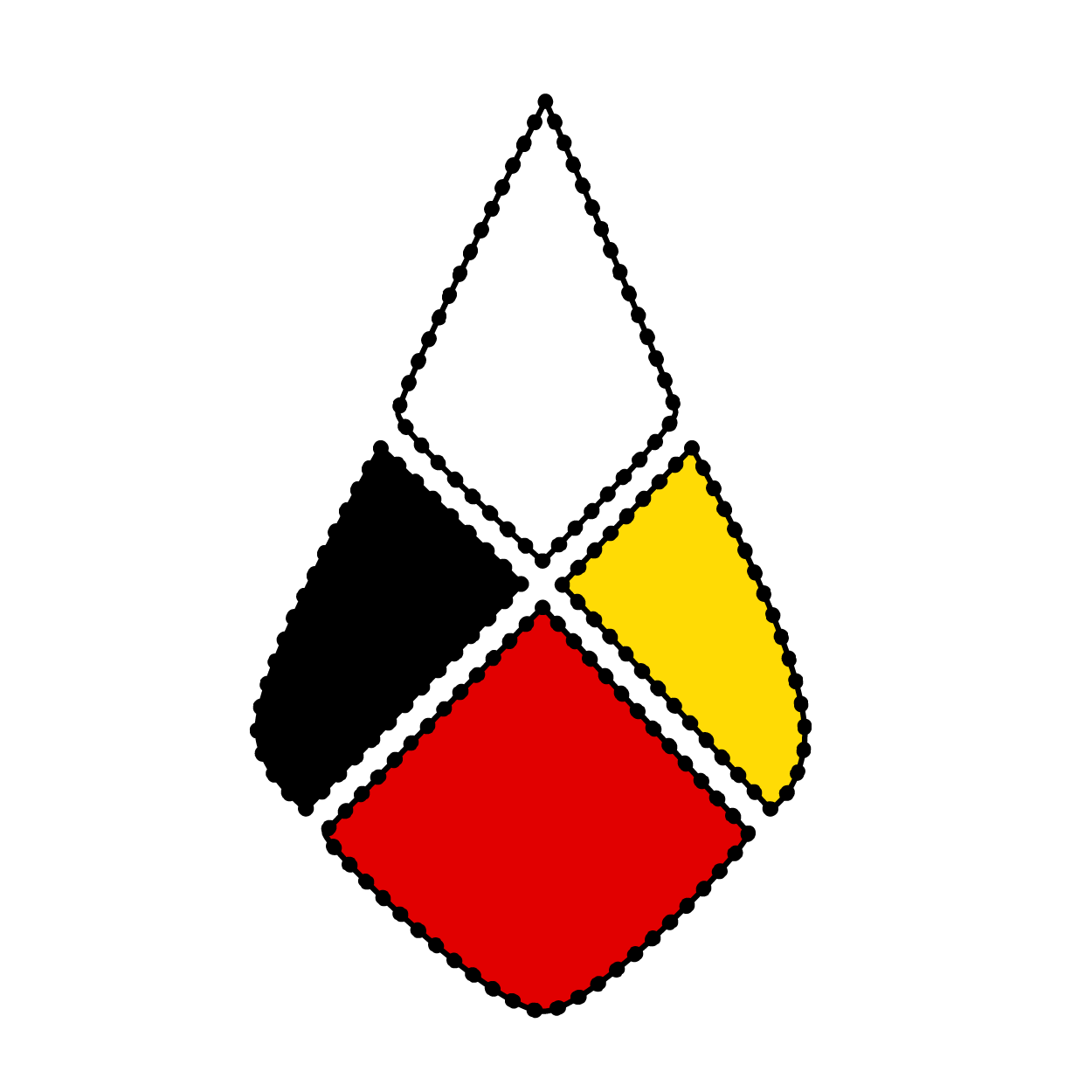
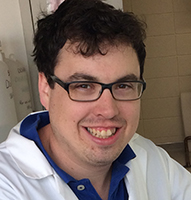 Andrew Lints- PhD Student
Andrew Lints- PhD Student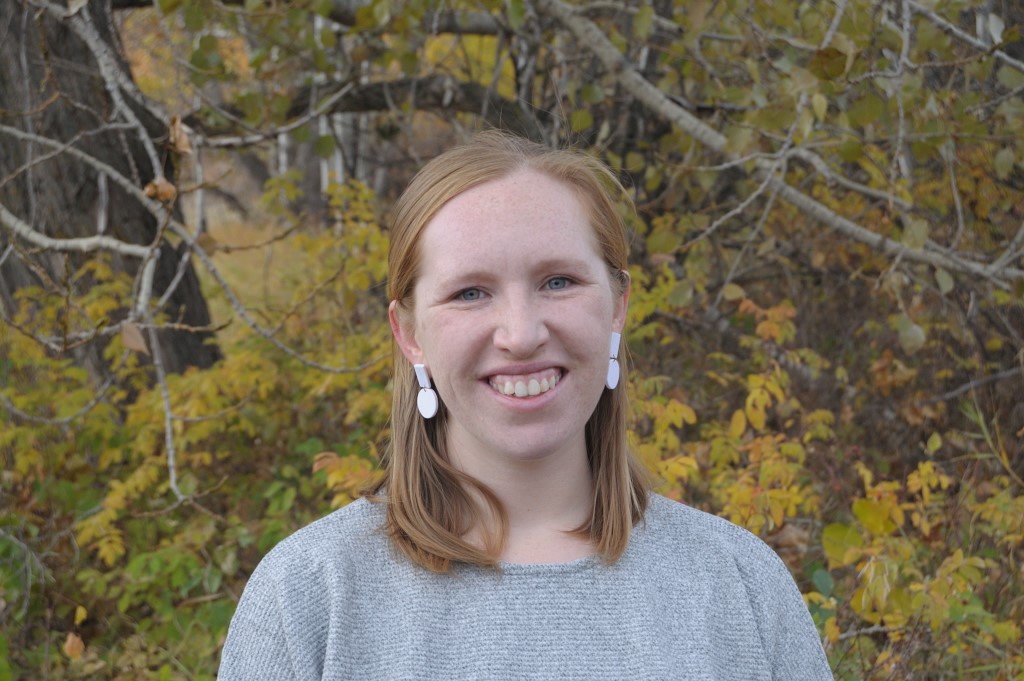 Emily Haines- MA Student (2023)
Emily Haines- MA Student (2023)